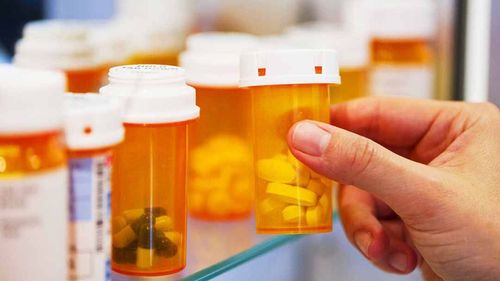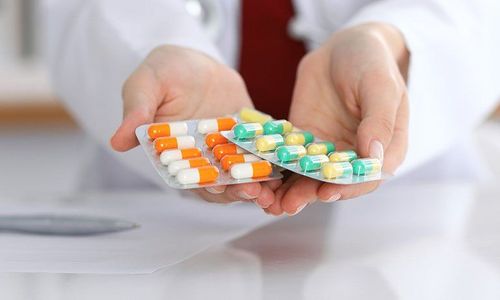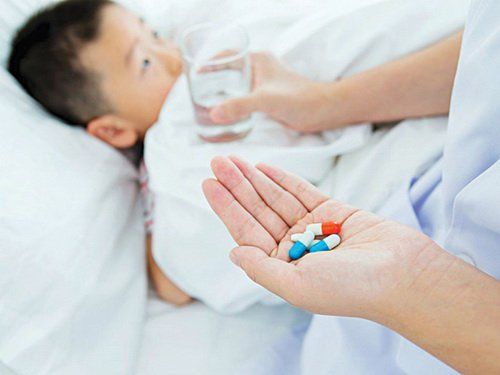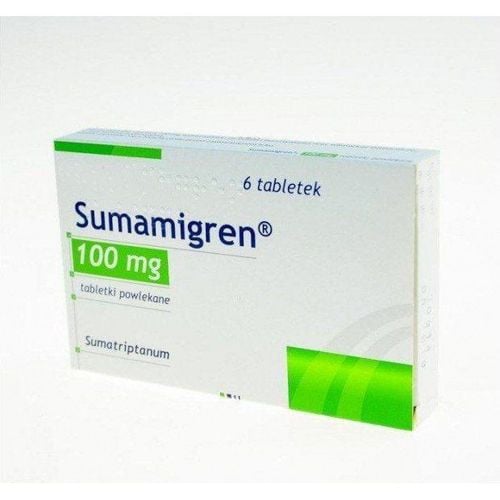This is an automatically translated article.
Licart 1.3% contains Diclofenac, which is formulated in the form of a patch for local pain relief. Take care not to apply Licart 1.3% patch on burns, cuts or irritated skin.
1. What does Licart do?
Licart 1.3% contains Diclofenac, which is an active ingredient in the group of non-steroidal anti-inflammatory drugs (NSAIDs).
Licart 1.3% medicine is prepared in the form of a patch, used to help relieve pain, anti-inflammatory in place such as shoulder pain, sprained ankle, ....
How to use Licart 1.3% in patch form such as: after:
Remove the patch from the pack, then seal the pack. If the pack is not sealed, the quality of the remaining patches may be affected. Remove the inner lining of the patch, then apply the patch over the skin to cover the most painful area. Take care not to apply the patch on burns, cuts or irritated skin. Depending on the product's instructions for use, the patch can be changed every 12 or 24 hours. After use, the patient should fold the patch in half with the sticky sides together and keep out of reach of children. Do not wear the patch while bathing. Patients should shower at times of patch change. To prevent Diclofenac from getting into your eyes, nose, mouth, or vaginal area, wash your hands after applying it. If the patch comes into contact with the above areas, rinse with plenty of water. Contact your doctor immediately if irritation occurs. The dose of Licart 1.3% is prescribed by the doctor based on the patient's health condition and response to treatment. The drug is usually used at the lowest dose, for the shortest possible time. Therefore, patients should not arbitrarily increase the dose or use it for longer than directed by the doctor. Tell your doctor if, after using Licart 1.3%, the pain does not improve or gets worse.
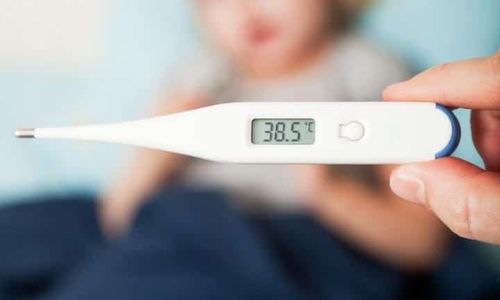
Thuốc Licart 1.3% thuộc nhóm thuốc hạ sốt-giảm đau- chống viêm không steroid
2. Side effects when using Licart 1.3%
When using Licart 1.3%, the common side effects of the patient are itching, burning, irritation, redness, dry skin at the application site. Tell your doctor if the above side effects of Licart 1.3% are severe or persistent.
Although it is a relatively safe drug, in rare cases, people using Licart 1.3% may experience dangerous side effects such as:
High blood pressure: Diclofenac can increase blood pressure, due to high blood pressure. Therefore, patients need to check their blood pressure regularly while using the drug and notify the doctor if the blood pressure readings are high. Patients should tell their doctor right away if they have signs of kidney problems (such as change in the amount of urine, etc.), symptoms of heart failure (such as swollen ankles, swollen feet, fatigue). fatigue, unusual weight gain, etc.), symptoms of liver damage (such as dark urine, nausea, vomiting, persistent loss of appetite, stomach pain, abdominal pain, yellow eyes, jaundice, etc.). .) Serious allergic reactions to Diclofenac are very rare, but the consequences are very serious, threatening the patient's health. Patients should immediately seek medical attention if, after taking Licart 1.3%, symptoms of itching, swelling, rash, difficulty breathing, etc.
3. Precautions when taking Licart 1.3%
Before using Licart 1.3%, patients should tell their doctor if they have one of the following conditions:
Allergy to Diclofenac or other ingredients of the drug Allergy to aspirin or other NSAIDs such as Ibuprofen , Naproxen,... Have a medical history, especially asthma ; bleeding, ulceration of the gastrointestinal tract; liver failure; heart-related diseaes; High Blood Pressure; stroke ; anemia, blood clotting disorders,... Depending on the patient's health conditions, the doctor will adjust the prescription of Licart 1.3% or switch the patient to another more suitable drug. Some other precautions when using Licart 1.3% are:
Licart 1.3% may affect kidney function. This risk is higher for people who are dehydrated, have heart failure, kidney failure, and the elderly. While taking the drug, the patient should drink plenty of water to prevent dehydration. Tell your doctor right away if there is a change in the amount of urine. Before having an MRI, tell the radiologist that you are using the 1.3% Licart patch. Some patches may contain metals that pose a serious risk of burns during an MRI scan. Diclofenac can cause stomach bleeding. The risk of gastric bleeding is increased with patients who regularly drink alcohol and smoke. Therefore, patients should limit alcohol and stop smoking. Licart 1.3% patch can make the patient's skin more sensitive to the sun. During treatment with the drug, the patient should limit exposure to the sun, use sunscreen and long-sleeved clothes to protect the skin. Some subjects need special caution when using Licart 1.3%, including:
Elderly people: There is a higher risk of gastrointestinal bleeding, kidney disease, heart attack, stroke when using this drug. Pregnant women: Do not use the drug in the first and third trimesters of pregnancy because it can harm the fetus and cause complications during labor. Lactation: Licart 1.3% may pass into breast milk. Although there have been no reports of harmful effects on a nursing infant, consult your doctor if you want to take the drug while breastfeeding.
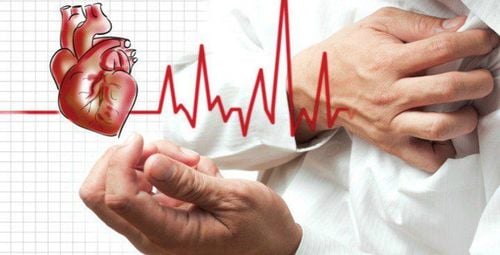
Nếu bạn có tiền sử bệnh tim mạch, hãy trao đổi với bác sĩ trước khi sử dụng thuốc Licart 1.3%
4. Drug interactions
Interactions between concomitant medications can change the way a drug works or increase the patient's risk of serious side effects. To prevent the risk of drug interactions, patients should report all medications they are taking to their doctor or pharmacist. Patients must not arbitrarily use, change the dose, stop using any medicine without consulting the doctor. Some drugs that may interact with Diclofenac include: Aliskiren, ACE inhibitors (such as captopril, lisinopril), angiotensin II receptor blockers (such as losartan, valsartan), cidofovir, corticosteroids (such as prednisone, methylprednisolone), lithium, methotrexate, diuretics (such as furosemide,...)
When using Diclofenac together with antiplatelet drugs such as Clopidogrel, anticoagulants such as Warfarin, Enoxaparin,... will increase the risk of bleeding in humans. sick.
Carefully check all drug labels you are using, because NSAIDs are a very common group of drugs, found in many fever-reducing and pain-relieving drugs. The drugs in the NSAID class have similar properties, and the risk of side effects is increased if these drugs are taken together.
5. Other notes when using Licart 1.3%
Licart 1.3% patches may be harmful if chewed or swallowed. If serious overdose symptoms such as difficulty breathing, fainting, etc. appear, take the patient to the nearest medical facility for timely intervention. If you are prescribed Licart 1.3% on a regular schedule (not just as needed) and miss a dose, take it as soon as you remember. If it is almost time for your next dose, skip the missed dose and take your next dose at the usual time. Do not take a double dose of Licart 1.3% to make up for a missed dose. Store Licart 1.3% at room temperature. Remember to always close the package after opening to preserve the quality of the remaining pills. Keep Licart 1.3% out of reach of children.
Please dial HOTLINE for more information or register for an appointment HERE. Download MyVinmec app to make appointments faster and to manage your bookings easily.
Reference source: webmd.com




